The history of TVR #4
That’s where we got tot he second owner.
In the third quarter of 1965, Arthur Lilley and his son Martin Lilley were given TVR receivables to cushion the loss of £2,000 from their shares. On 30 November 1965, TVR Engineering Limited was (re)formed, with Arthur as CEO. Arthur approached David Hives with an offer to become TVR’s chief engineer, senior designer and production engineer all in one. Hives accepted the offer and asked Arthur to appoint Martin as managing director while he went to America to negotiate. He negotiated with Gerry Sagerman to import TVRs to America, which eventually led to the birth of TVR Cars of America. TVR had no orders to fill and was heavily in debt to suppliers. In addition, the former workforce damaged machinery and stole from the equipment, in their anger at being fired. By the first quarter of 1966, the new workforce had come to trust the company’s management, because it was clear that Arthur wanted to make the company a success. The factory began to produce the Mk3 1800S variant in larger volumes. During this time, the semi-finished cars were transported to his Barnet Motor Co. showroom, where they were finished. During this time, the manufacturer finally gained positive publicity. Gerry Marshal achieved significant racing success with the factory-prepared Griffith. Sagerman and Arthur agreed to take part in importing TVRs to America. Later, in April 1967, they opened their own showroom in Long Island. The father-son duo knew that the future of the company depended greatly on the success of the new models. Production of the Griffith ended, but not without a successor model. TVR introduced the Tuscan V8 in January 1967. It was not a big success for the company, as it was only produced in low volumes. A Tuscan race car, modified by Mike Bigland, was a successfull on track with John Burton behind the wheel, which brought Martin’s attention. Bigland and Martin quickly became friends and would later be key players in the design of the M series bodywork. The TVR Vixen debuted in October 1967, and was popular from the start, with many pre-orders. The Vixen marked the return of TVR to in-house bodywork. Despite the Vixen’s sales success, the company made an overall loss in 1967, and financial advisers told Arthur to close the company. His son Martin decided to increase production in 1968, improving TVR’s financial position. It was around this time that they had to face the fact that the third new TVR model, the Tina, would be too expensive to produce due to its metal chassis. Only two Tinas were made, both being a prototype.
At Christmas 1970, the TVR factory moved from its then cramped factory in Bristol Avenue to a 2,600 square metre building. The workers were very happy about the move, as the previous building was no longer the right size for the number of people working there. The move also allowed production to increase. TVR was now able to produce eight cars a week. Between ’69 and ’71, they added a number of new models to their range. The Tuscan V6 was introduced, powered by the Ford Essex V6, to fill the gap between the four and eight-cylinder models. There were concerns about the Tuscan V8 that its cabin was too small, so a wider, longer version was introduced. Subsequent generations of the Vixen were slightly restyled and continued to steer TVR towards success. They also created the TVR 2500, powered by a Triumph 2.5-litre straight-six engine. In 1971, another model was developed, called the TVR 1300. With its 1.3-litre engine borrowed from the Triumph Spitfire, it was considered a budget model and even fell into a different, cheaper insurance category.
In 1970, TVR asked Helen Jones to pose naked on the TVR stand at the British International Motor Show. The incident caused a huge stir, from which TVR profited enormously. Practically everyone was talking about them. This marketing technique was repeated at the ’71 event, where Susan Shawn joined Helen. After the second incident, the Association of British Automobile Manufacturers threatened to ban TVR from the event.
Subscribe to our newsletter
Provide your e-mail address and click the button below to receive special deals and premium offers



